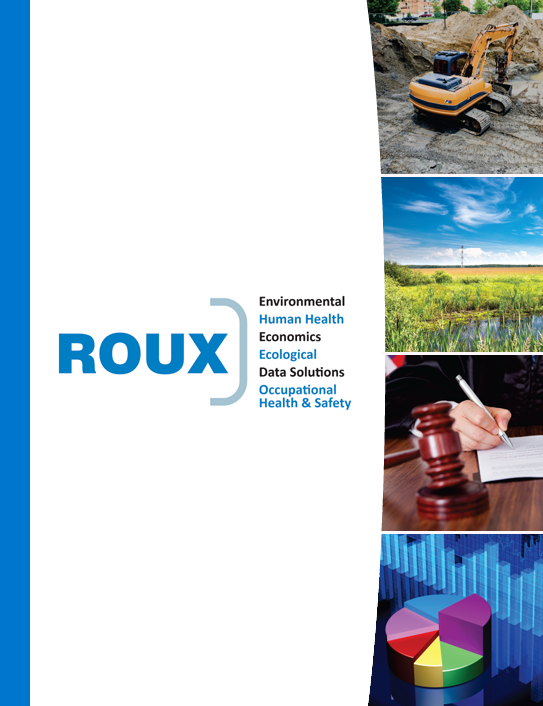Implications for Real Estate Professionals: EPA PFAS Hazardous Substances
EPA Designates PFOA and PFOS as Hazardous Substances: Key Implications for Real Estate Professionals
On April 19, 2024, the US Environmental Protection Agency (EPA) unveiled a groundbreaking pre-publication version of its final rule, designating two per- and polyfluoroalkyl substances (PFAS)—perfluorooctanoic acid (PFOA) and perfluorooctanesulfonic acid (PFOS)—as hazardous substances under § 102(a) of the Comprehensive Environmental Response, Compensation, and Liability Act (CERCLA), also known as the Superfund law. The rule empowers the EPA to mandate response actions to address PFOA and PFOS contamination primarily within CERCLA, strengthening its regulatory authority in this domain. Effective 60 days after its publication in the Federal Register, the rule will bring PFOA and PFOS within CERCLA’s extensive liability framework.
What does this mean for real estate professionals?
Environmental Due Diligence: The EPA’s action significantly impacts environmental due diligence in commercial real estate transactions. With this new rule, the two PFAS will be no different than any other hazardous substances when performing an ASTM E1527-21 Phase I Environmental Site Assessment (ESA) to satisfy the EPA’s All Appropriate Inquiries (AAI) to investigate CERCLA liability. However, CERCLA provides protection from liability for certain landowners and prospective purchasers of real property who conduct an AAI assessment of the real property prior to acquisition.
Properties with real or perceived PFAS challenges may experience impacts on negotiations, property values, financing options, tenant interest, entitlement timelines, and development cost. This concern can be amplified for properties located within areas where groundwater is used for consumption due to increasing scrutiny on PFAS contamination in drinking water. To alleviate these concerns, parties involved in real estate transactions should expand their assessments to include PFAS evaluations, potentially conducting both Phase I and Phase II ESAs, to determine if recognized environmental conditions (RECs) related to PFAS are present at the property.
Enhanced EPA Authority: Alongside the rule, the EPA released an enforcement discretion policy, signaling a focused enforcement approach toward parties significantly contributing to PFAS releases into the environment. Sites with PFOA and PFOS releases can be added to the National Priority List (Superfund), and existing remedial sites could be subject to additional obligations, or previously remediated sites could be reopened if PFOA and PFOS concerns are suspected.
What can Roux do to help?
Roux can assess whether PFOA or PFOS are likely present at a site and evaluate the potential implications these contaminants could have on the transaction and liability. Roux’s team of scientists and engineers will analyze potential PFAS sources and contamination within the context of the real estate transaction or portfolio, allowing time for strategy development before divestiture/refinancing. This evaluation ensures that AAI protections are adequately obtained and the impact of potential contaminants is understood prior to site acquisition.
As you navigate these regulatory shifts, we offer support and guidance tailored to your needs. Please contact our team with any questions or concerns below.
